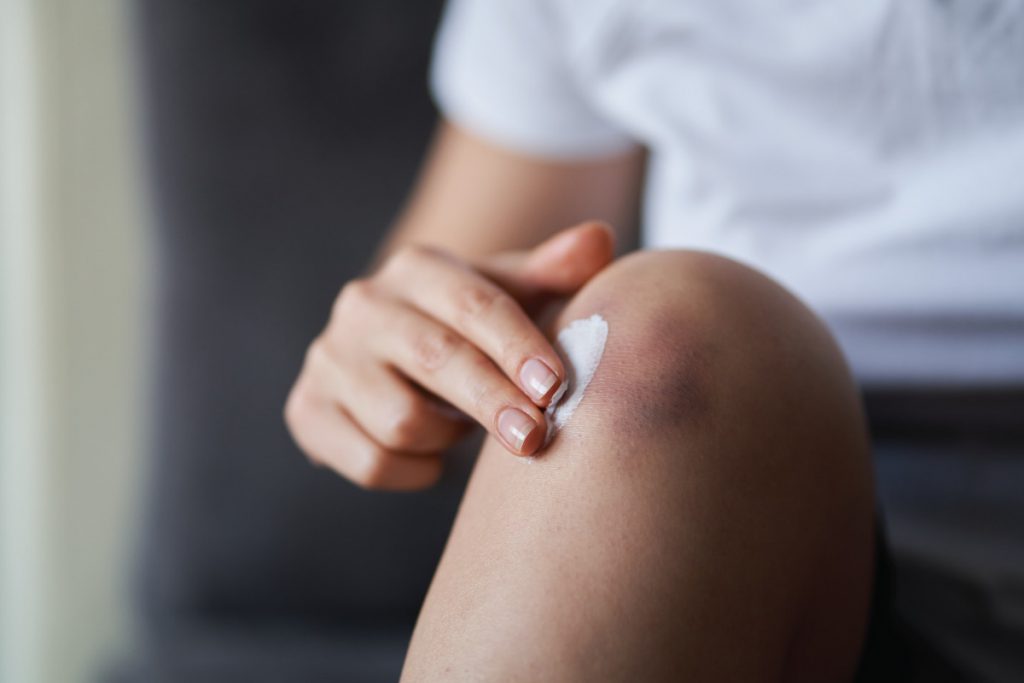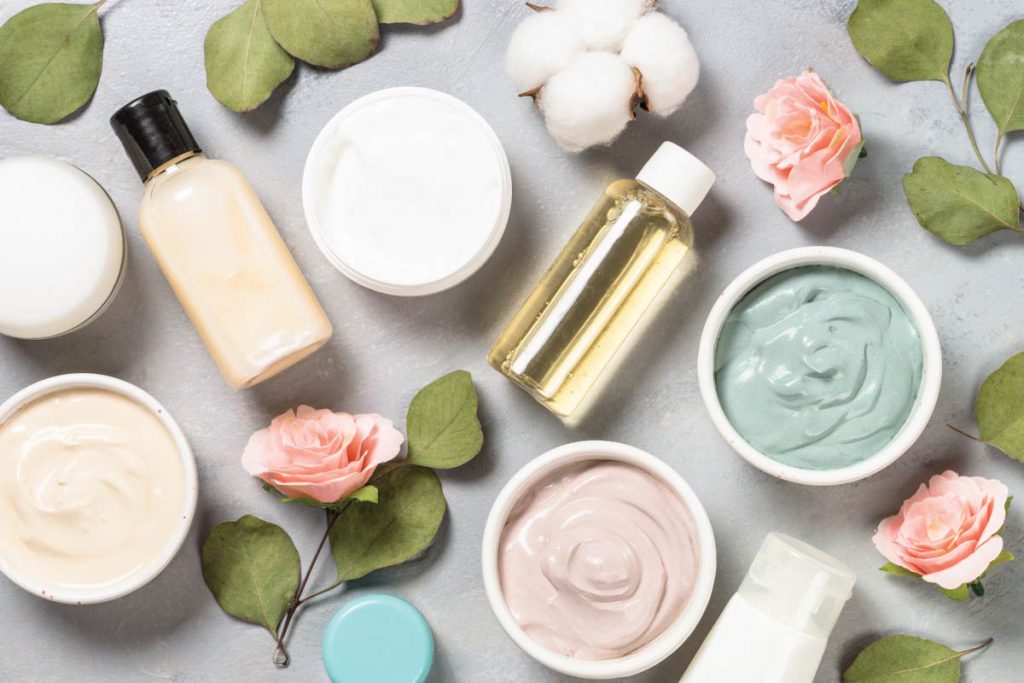Arnica
Who It’s For:
Individuals with bruising, dark spots, sore legs, feet, and muscles.
What It Is:

Ideal For:
Clearer-looking skin, bruises, leg cramps, swelling, and joint comfort.
How It Works:

How To Use:
Fun Facts About Arnica:
- “Arnica” originates from the Greek word for lambskin referring to its hairy leaves and stems.
- Arnica is poisonous. Don’t eat the plant or apply arnica gel, cream or lotion to broken skin or wounds. The only way you can ingest arnica is in a very highly diluted homeopathic form.
- It’s in some foods. Although the plant is toxic, it’s still used to flavor drinks and foods, but these are deemed to be safe amounts.
- It can soothe a bug bite.
- The German writer Goethe credited arnica for saving his life by reducing a persistent fever.
- Centuries ago, it was thought that applying arnica to the scalp could treat baldness.
What the Arnica Plant Looks Like:
What is Arnica? (Arnica montana)
Arnica Uses
What are the benefits of Arnica?
- Eases swelling
- Softens the appearance of skin discoloration
- Promotes bruise healing, particularly after trauma
- Relieves skin irritation
- Moisturizes skin
- Fosters muscle comfort especially when over exerted

Comments
Post a Comment